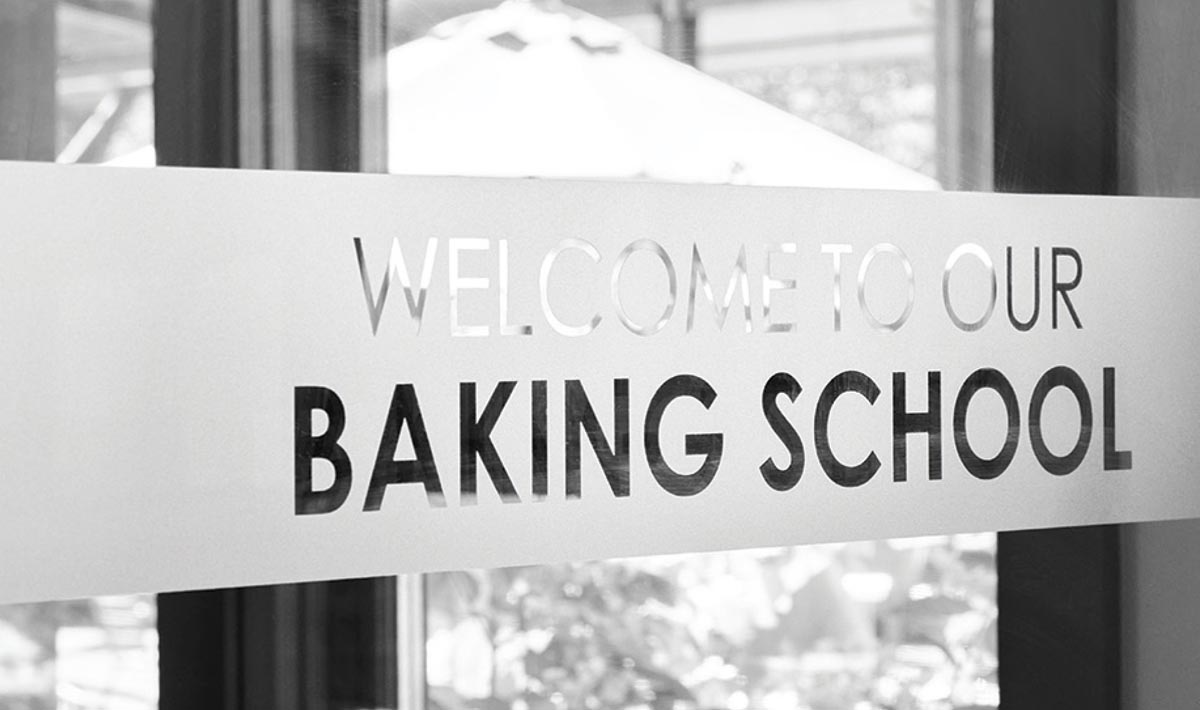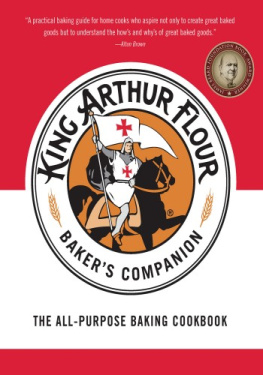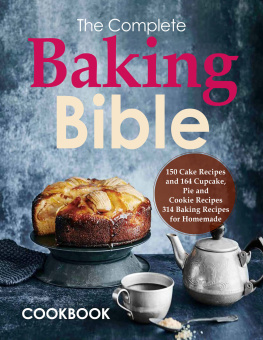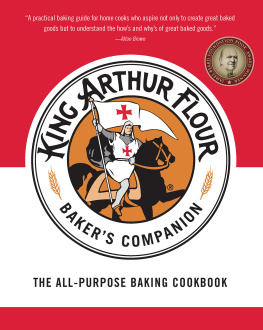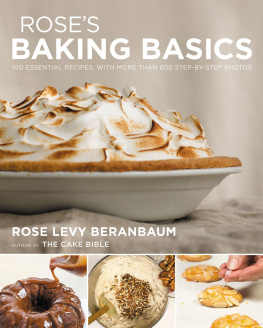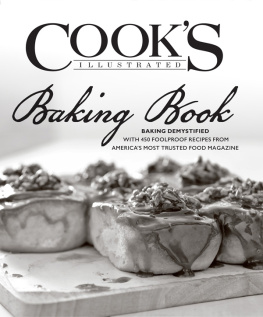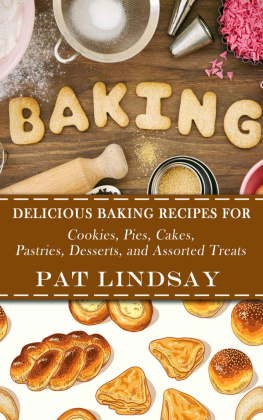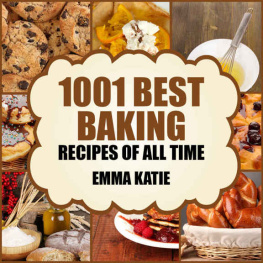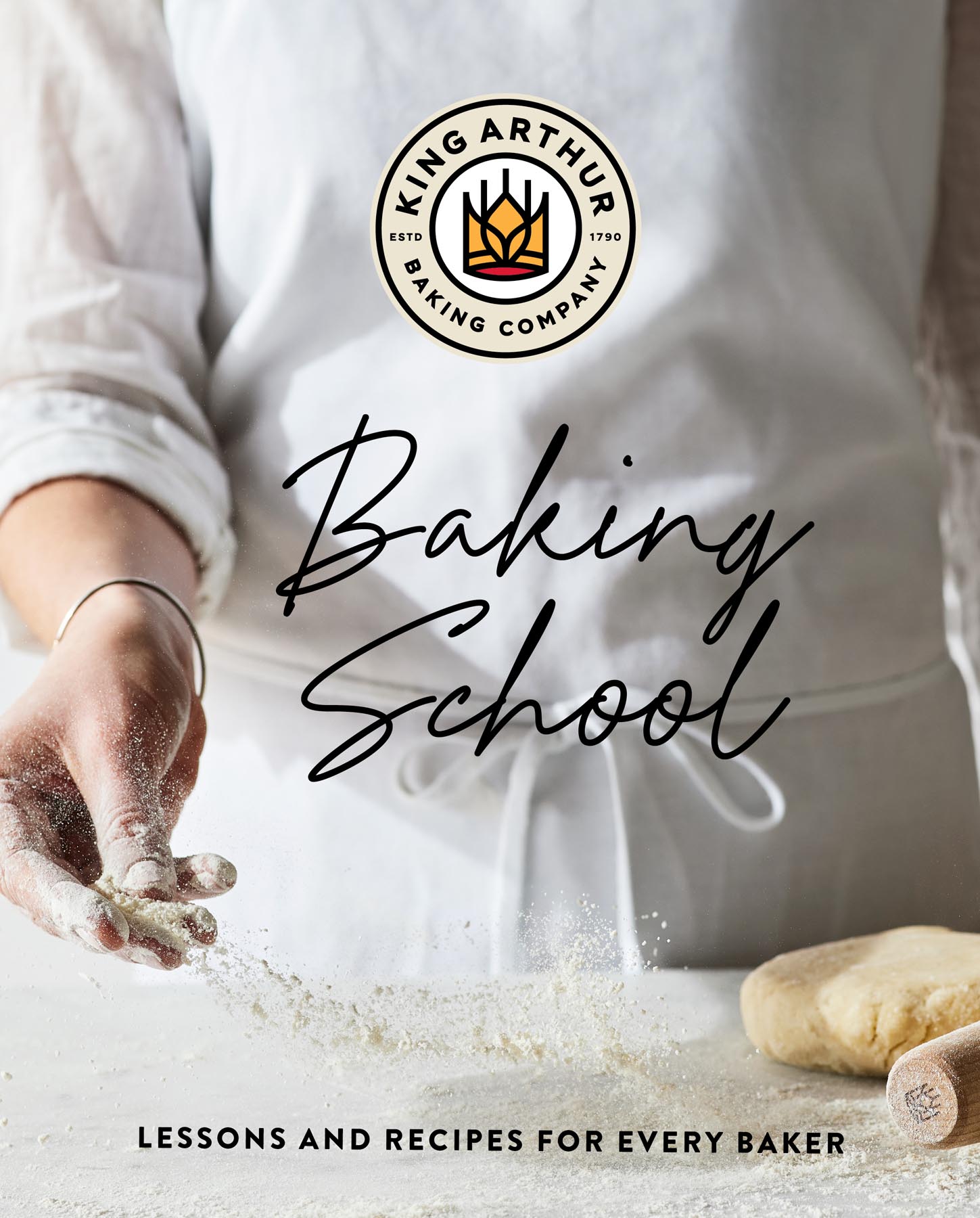Contents
Guide
Page List
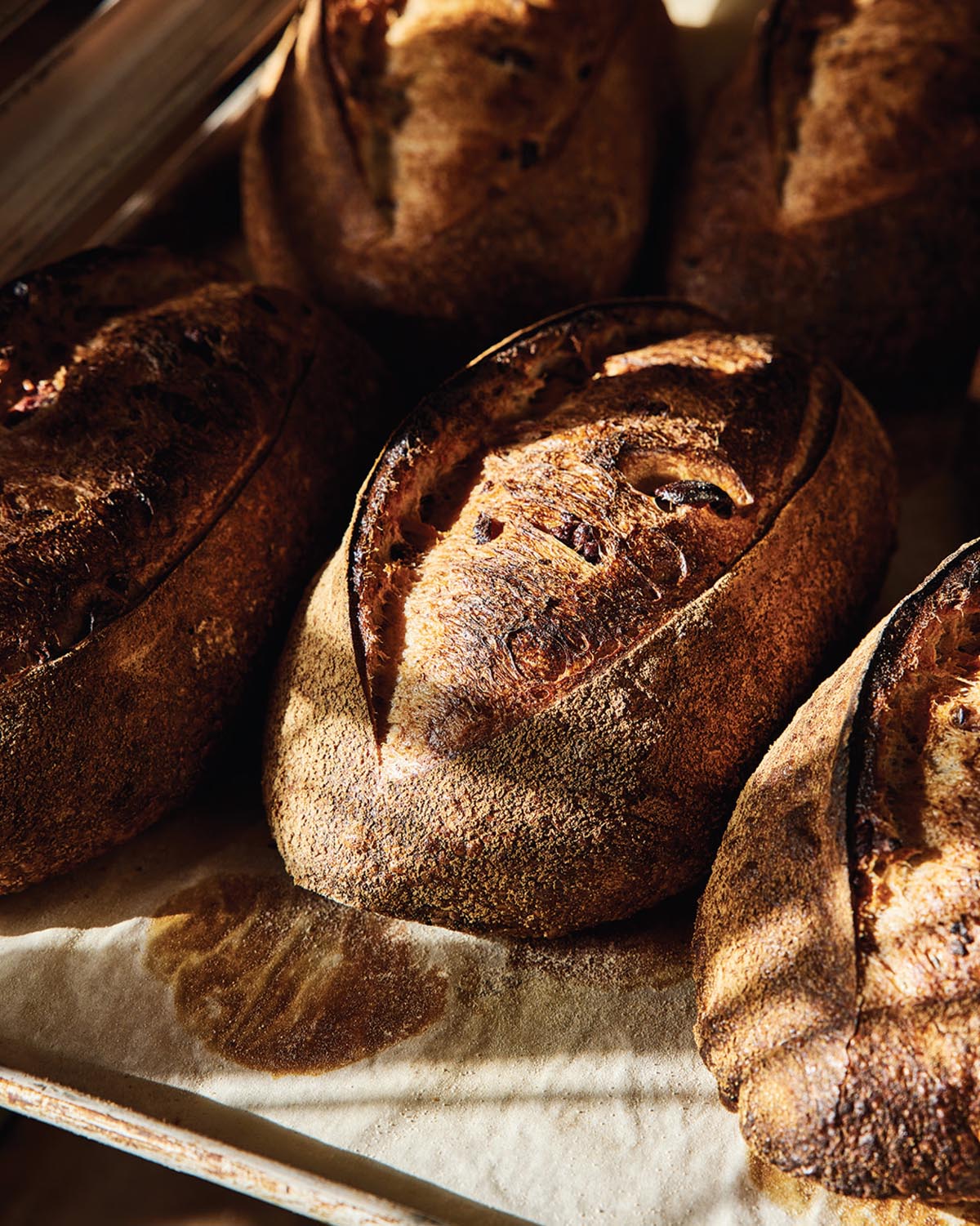

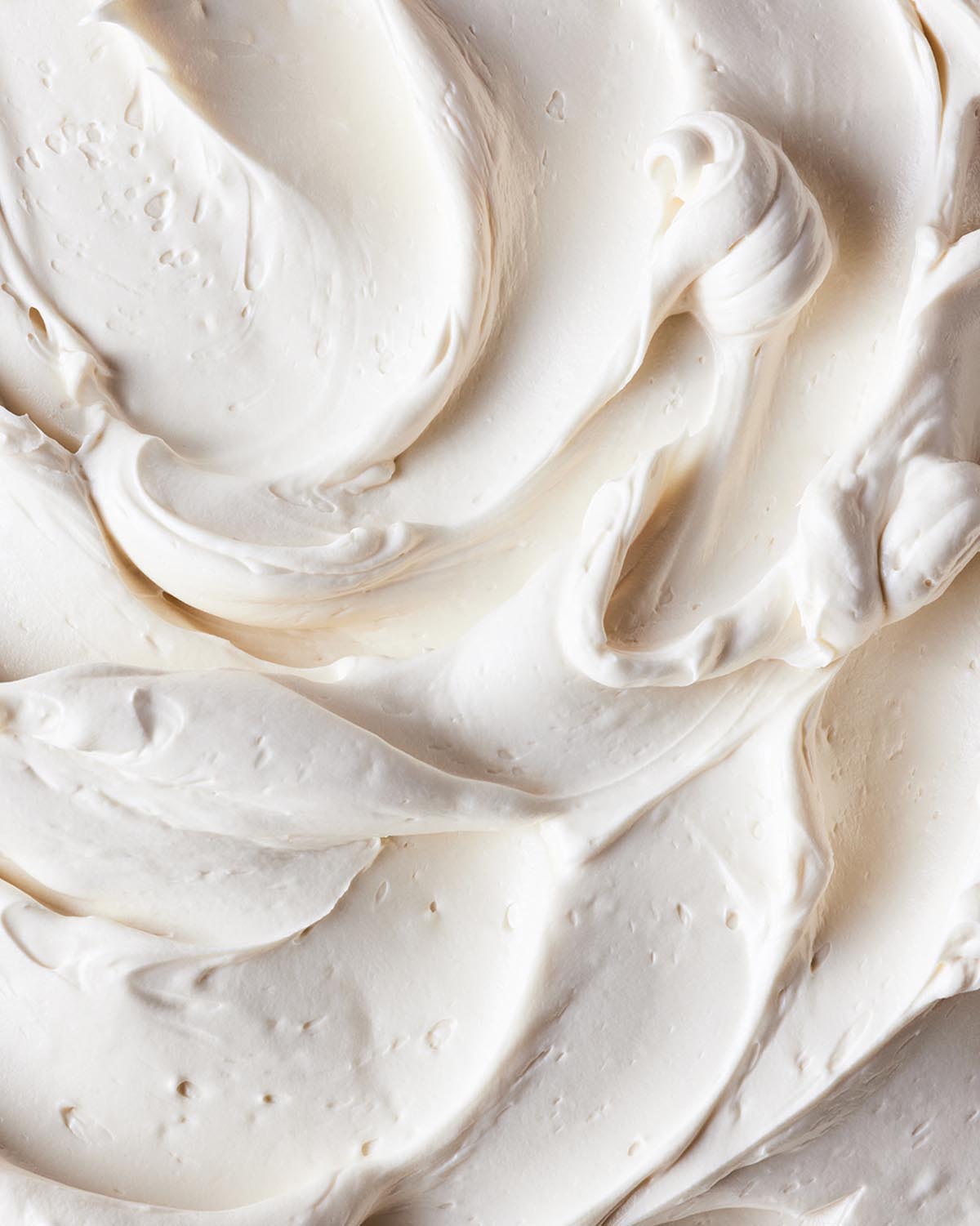
CONTENTS
If you are going to follow links, please bookmark your page before linking.

In 2000, the King Arthur Baking School opened its doors on our campus in Norwich, Vermont. The school was the longtime vision of Brinna Sands, who was the co-owner of King Arthur along with her husband, Frank. Over the decades since the school opened, weve taught thousands upon thousands of students. Weve expanded to the West Coast, opening a campus in Washington State, and held countless private classes in addition to our regular schedule. Weve traveled around the country to teach, done classes at conferences and schools, and developed a free baking class program where all the baked goods are donated to local food pantries. In recent years, weve added interactive virtual baking classes to our roster, expanding our baking community even further. We now teach well over 10,000 students each yearreaching all skill levels and covering every baking topic.
We could fill an entire book with the incredible stories and adventures from the people weve met and the communities weve visited over the years! Weve had people meet in class and become baking partners, returning together for multiple classes over the years. We even had one couple who met in class and returned a year later to announce (in another class) that they were getting married! Thats the power of combining baking and community.
In these pages, were harnessing that power by passing on the lessons and recipes weve taught for over 20 years. For former students, this book will be a refresher of what theyve learned; for future students, its a primer. But this book is also for all of the people who may never get the chance to attend a King Arthur class in personwith this book in hand, youre one of our students now, too. Welcome. We cant wait to bake together.
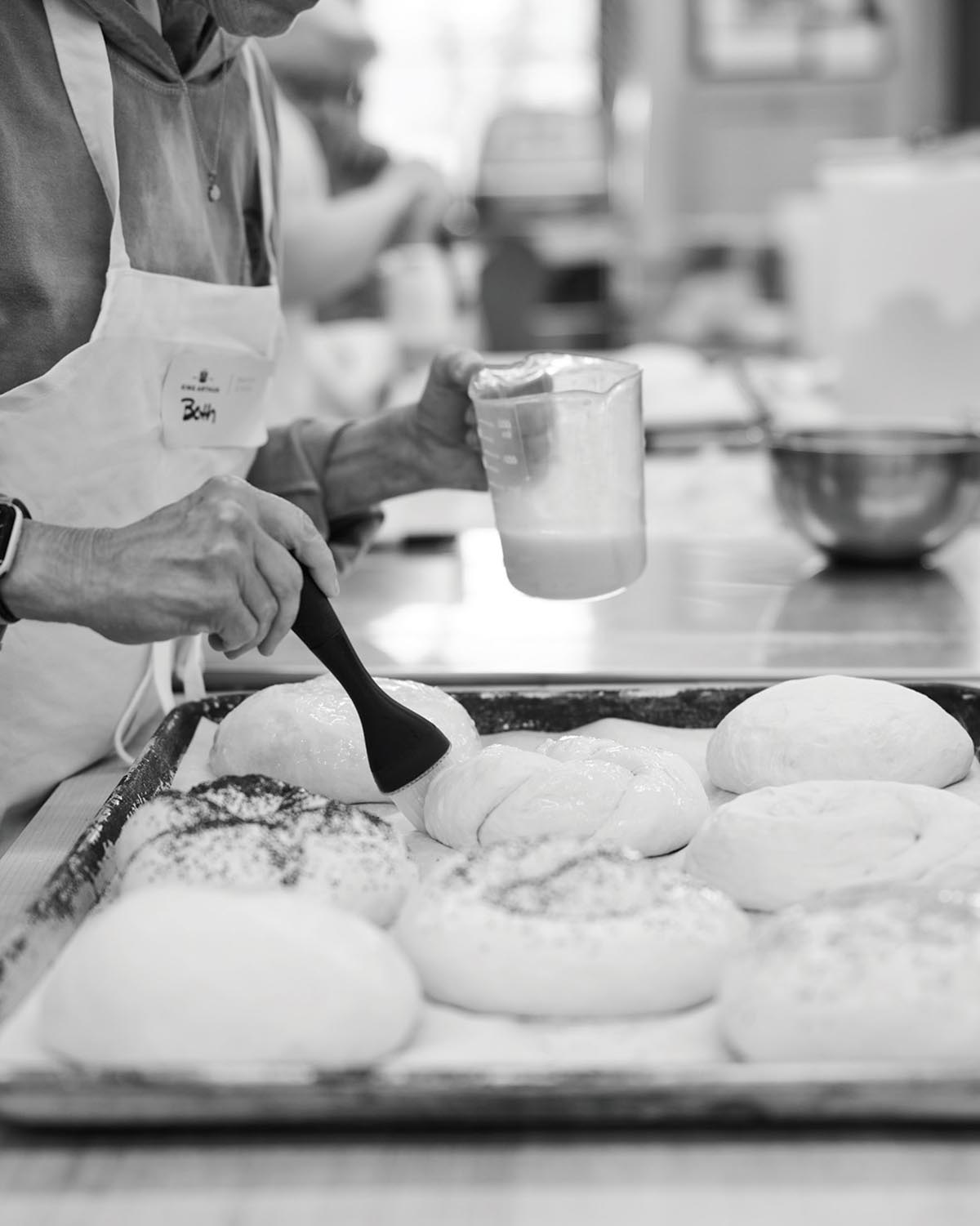
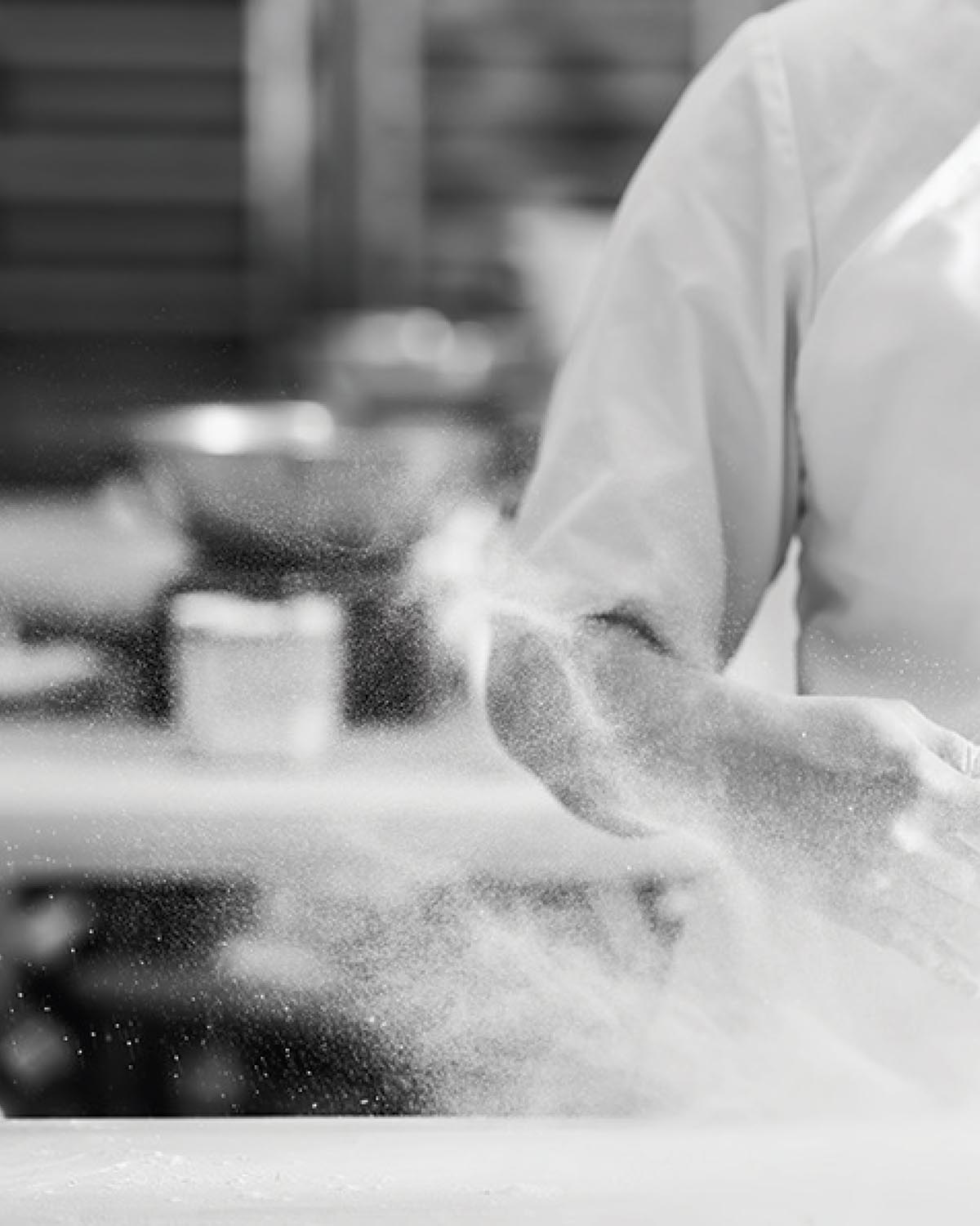
A book can only tell you so much. Baking is a crafttheres a reason recipes are often passed down through generations, as younger people stand and watch experienced bakers work a dough with their hands or mix a batter.
Our philosophy in the classroom mirrors this; baking is a living, breathing thing. So much of the magic of baking is in understanding how ingredients interact, seeing how a dough changes as you knead it or let it sit to allow the yeast to ferment.
Baking is at once both precise and intuitive. So many variables, from your kitchen temperature to the types of ingredients you buy, will affect your results. We aim to empower students with the knowledge and confidence to make baking their own. Often, recipes or cookbooks or classes tell you what to do to bake. They treat baking as a set of fixed instructions to follow. We focus instead on the how and why, because by understanding whats occurring as each ingredient goes into the mix, youre better equipped to achieve success. It also allows you to gain a comfort level with bakingyou know whats happening! You can tweak as needed! You can troubleshoot problems, customize recipes, and more.
We feel beyond lucky to spend our days spreading the joy of baking to students everywhere. Watching bakers faces light up when they touch a finger to perfectly risen bread dough or pull a golden pie crust from the oven is a privilege that we never take for granted. So were thrilled to be able to bring the experience of the classroom into your kitchen through these pages, and we hope this book brings you confidence and true delight in your baking journey, just as the school has for generations of students before you.
When the classroom doors open each day in the Baking School and the students stream in, we know there will be a wide range of knowledge, skill levels, and goals in every class. For this reason, we try to keep the recipes themselves relatively spare so that each student can take the notes that are most pertinent to them, filling in the space around the recipes with the information they hear in class. Beginning bakers may take notes on how to measure and what kind of butter to use, while more advanced bakers jot down tips about shaping or technique. Weve structured this book the same way: The recipes are leaner and more streamlined than what you might find in other cookbooks, and explanations about why and how are written in sidebars so that readers can pick out what they need to know to execute a given recipe. So, if you feel an instruction or additional detail is missing from the recipe, look around and youll find it nearby. In this way, the book mimics the experience of the classroom: The printed recipes each student receives are bare bones; the bulk of the instruction and guidance comes from the instructor and the wonderful back-and-forth with studentsexactly the information youll find captured in and around the actual recipes.
The voice of our students informs all of our classes. We listen to requests and focus our education on what students want, choosing recipes that best illustrate techniques theyre interested in learning. We dont select a recipe because we think its the best of any particular type (we believe best is a pretty subjective judgment). Instead, we select solid, reliable recipes that serve as a lens to illustrate the lessons we teach: We want to teach you what you need to know to make what you think is the best! We recognize that will vary enormously from person to person (in fact, we hear that daily in the classroom when we ask people to describe their ideal pie or bread or croissant).
In writing this book, weve stayed true to the recipes chosen for the classroom. When we start to build a new class, there are a number of practical constraints to take into consideration. Timing parameters, oven capacity, ingredient availability, and the range of skill level in the room are just a few. For instance, we dont teach banana bread. This isnt because we dont love banana breadwe do!but because its extremely challenging to get an entire classrooms worth of bananas to ripen to the proper stage at precisely the same time. Another example: We may like the idea of making tuiles in class, but tuiles spread a lot on a pan. That means that all 17 students in a class would need their own full sheet pan, and our oven only fits 14 pans at a time, so it would take us twice as long to bake everyones cookies. Weve developed strategies to deal with all of these challenges: The selection, as well as the style and format of our recipes, is the result of those strategies.
